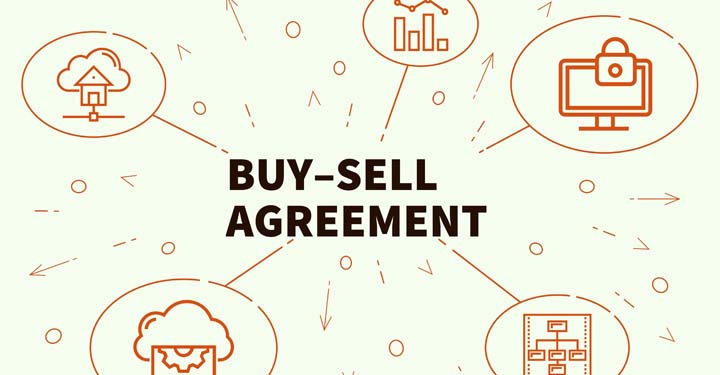Every business should have a buy-sell agreement to protect the owners, their families, employees, and the company. Without a buy-sell agreement or succession plan, any company is at risk, notes a recent article titled “Why does your business need a buy-sell agreement?” from the Philadelphia Business Journal.
Many business owners are reluctant to recognize the possibility of their becoming disabled or dying, so they put off creating a buy-sell agreement. However, as we all know, unexpected events happen and it’s always better to be prepared.
A buy-sell agreement offers protection first by establishing what type of triggering events could happen and defining the terms and conditions for how shareholders will enter and exit their ownership of the business.
Companies often have a buy-sell agreement stuck in a file drawer from ten or twenty years ago. Chances are that big changes have taken place in the business and the old agreement is no longer relevant. The day-to-day operations of a business are pressing, and there’s never enough time to get around to it. However, when the unexpected occurs, shareholders are left to negotiate among themselves during the worst possible time.
A well-drafted buy-sell agreement should address the most common events: death, disability, divorce, personal bankruptcy, voluntary termination, retirement and involuntary separation. The agreement should clearly state the percentage and type of ownership, how shares are valued and how any insurance proceeds are to be handled. Without knowledge of the value and terms of payment, there’s no way to provide protection for a triggering event.
Once the value of the company and its shareholders is defined, it may become clear that a business needs to close a valuation gap.
The intentions for the future of the business can also be clarified through this process. Some provisions to consider are:
- How to notify other shareholders, in the event of a voluntary termination.
- Trailer provisions to protect exiting shareholders, in the event of a subsequent liquidity event.
- Discounts on value or extended payment terms for non-compliance of notification provisions.
- Insurance portability provisions to allow existing shareholders to reassign beneficiary designations (once payments owed to the exiting shareholder have been made).
Businesses are dynamic entities with frequent changes, so buy-sell agreements should be reviewed and updated in the same way that an estate plan needs to be updated—every three or four years.
Reference: Philadelphia Business Journal (Sep. 1, 2021) “Why does your business need a buy-sell agreement?”




